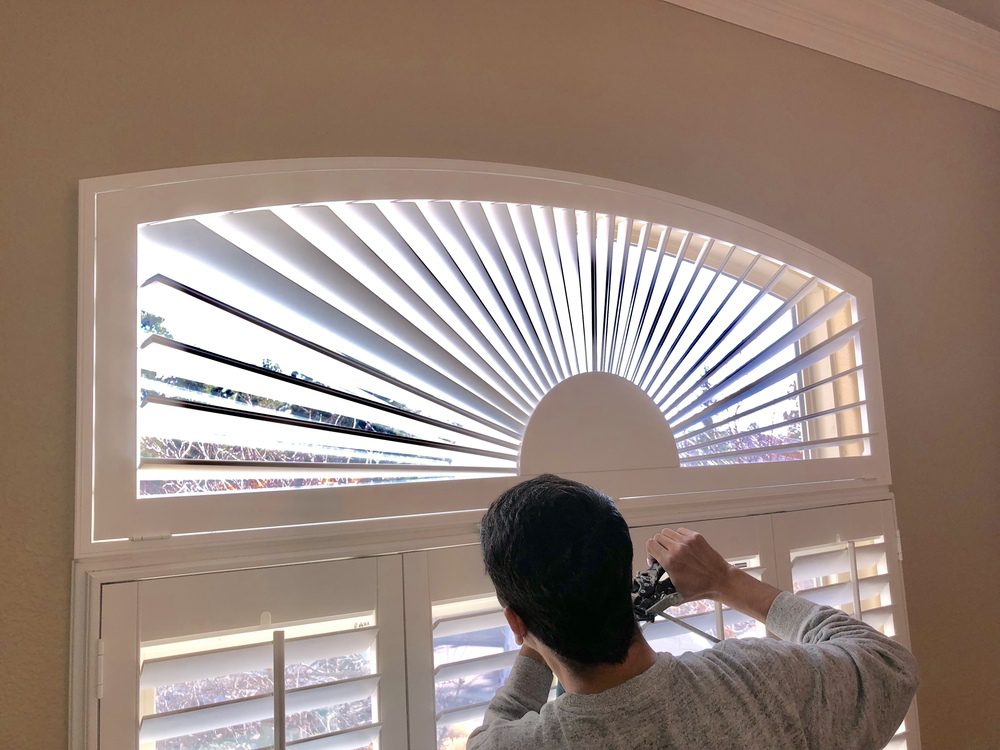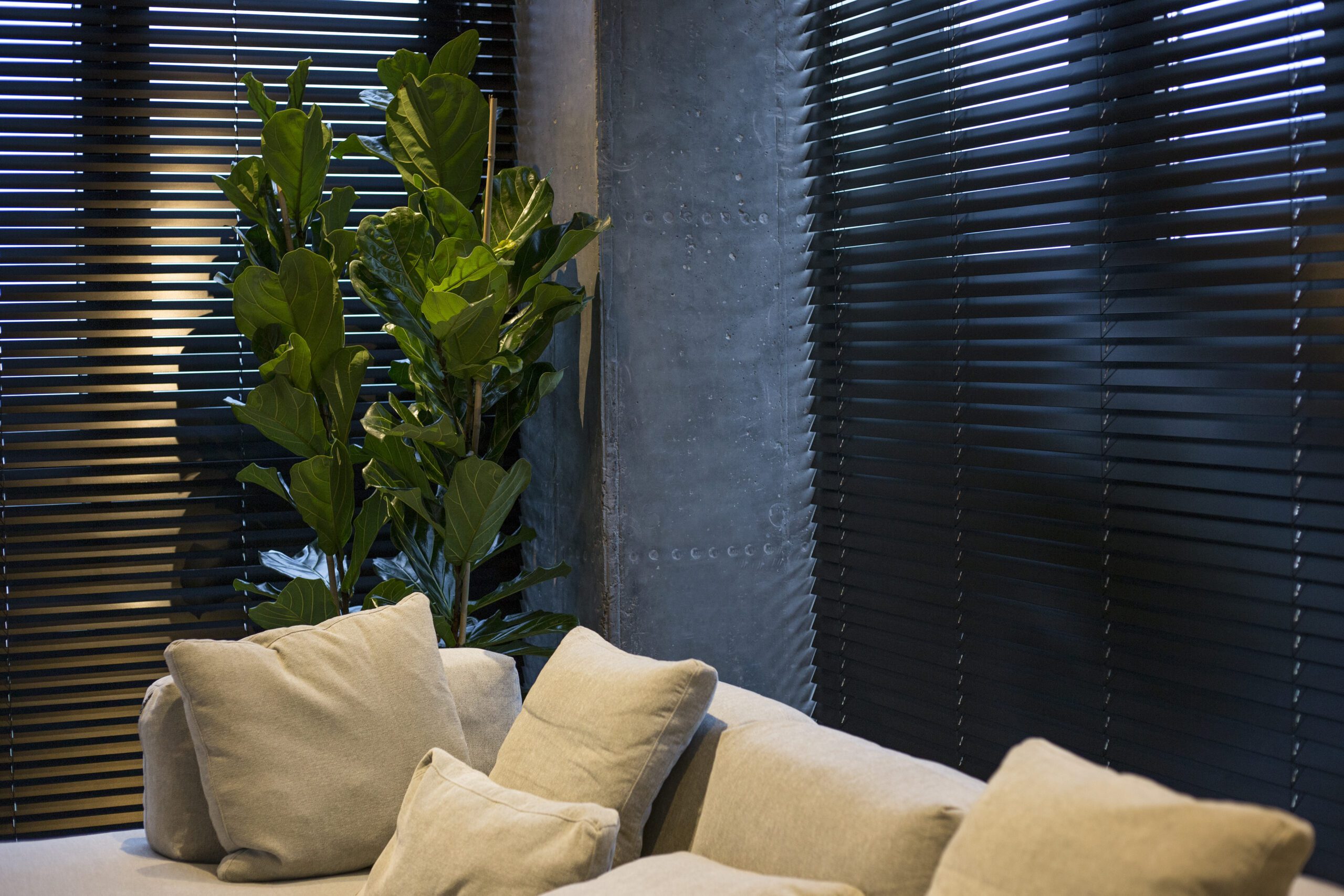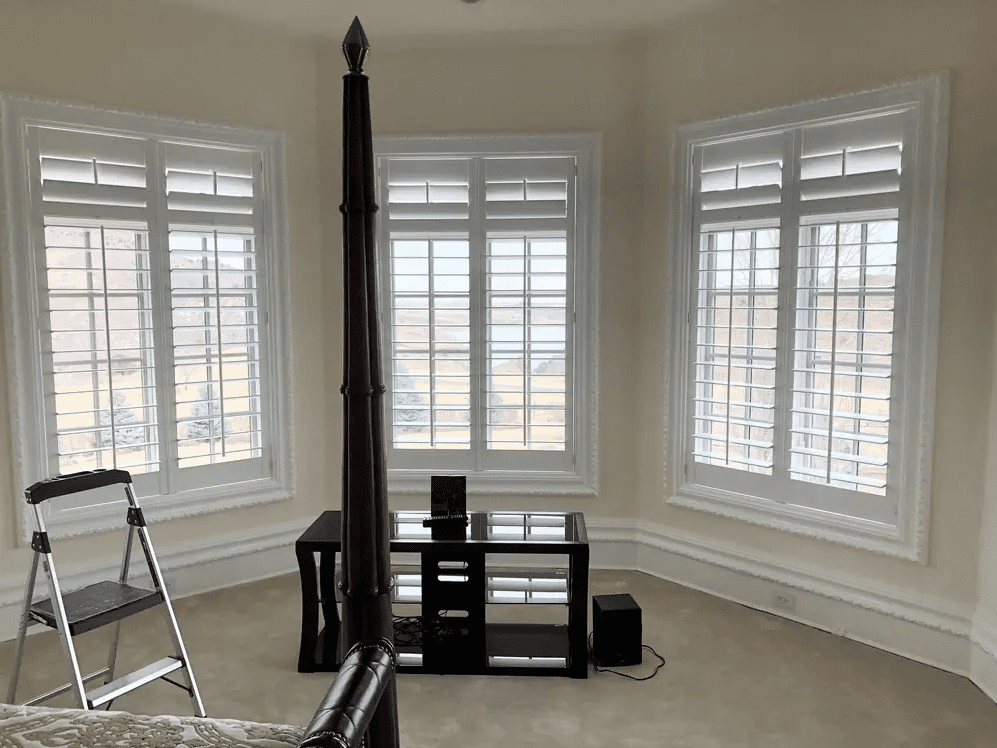We talk a lot at Colorado Shade & Shutter about the timeless appearance of plantation shutters. They seem to fit with many different styles of homes, can work with any decorating motif, and find their way into all sorts of different climates. We might take their universal appeal for granted, but it does beg an interesting question. Why? Why have plantation shutters stood the test of time throughout history? The answers go back a lot farther than you might expect.
WHERE ARE MY WINDOWS?
Believe it or not, plantation shutters predate the windows that we now typically use them to cover. Glass has been produced to varying degrees since around 1700 BC, possibly beginning in India. However, for quite a long time, glass was often formed into artistic objects like idols or tableware. It was quite some time before we got to anything we would recognize as modern window panes. Around the year 1,000, the first clear glass mirrors started to appear. After this early period, there was a large expansion in glass production in the 1400s that started to crop up across Europe, the Middle East, and Asia, but even then we were still a long way from window panes that could keep out dirt let in light. In the 17th century, glass production underwent another revolution, including the introduction of rolling large molten plates. It was not until the 19th century that the first industrial glass production started to make large panes commercially available.
HISTORY OF SHUTTERS
It stands to reason that before the time of glass, people all over the world still wanted to have windows open to the world that could be closed. Plantation shutters, in one form or another, started to fill that need as far back as ancient Greece. The first louvered window coverings were often made of granite and used the same principle as the plantation shutters you might find in your home. A solid structure provided protection from the elements and also allowed sunlight to pass through. However, marble is a bit on the heavy side, and is not exactly cheap. After they were first introduced to the most elite classes, shutters made of wood started to make their way down the economic ladder. Lighter materials were cheaper and could be more easily manipulated by craftsmen, expanding the market greatly.
WHAT’S IN A NAME?
There is of course the unique name of these window features, plantation shutters. The homes of wealthy American settlers were often built in the style of grand European estates. Plantation homes in the South tended to be particularly ornate, and of course, demanded easy access to fresh air during sweltering summer months. Lo and behold, the same shutters preferred by the Ancient Greeks slowly became standard fare on American plantations, lending these louvers the name they still bear to this day.




